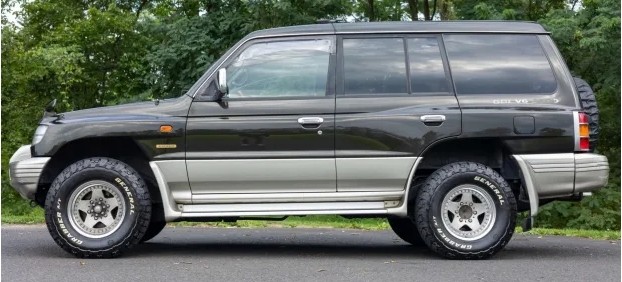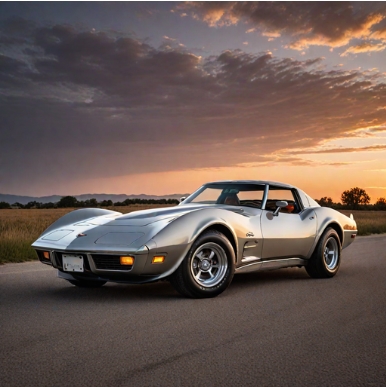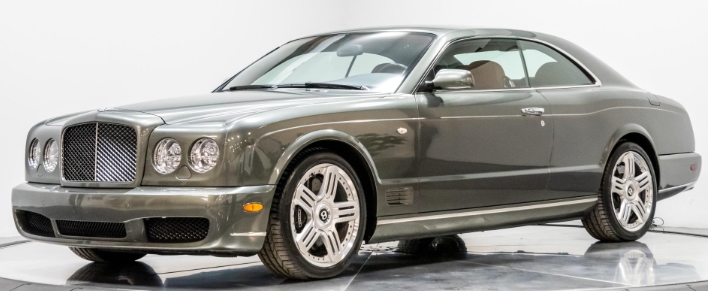The Evolution of the Suzuki S-Cross
The Suzuki S-Cross has established itself as a versatile and popular crossover SUV since its inception. Designed to blend practicality, efficiency, and style, the S-Cross has undergone significant evolution since its debut, reflecting changes in automotive technology, consumer preferences, and Suzuki’s strategic direction. This article provides a detailed chronological overview of the Suzuki S-Cross, detailing its production years, models, and trim levels across generations.
First Generation (2013–2021): Introduction and Early Development
Overview
Suzuki officially launched the S-Cross in 2013, initially as a subcompact crossover designed for European markets. It was built on the platform of the Suzuki SX4 but distinguished itself through a more refined design and a focus on comfort and efficiency. The first-generation S-Cross was available globally, with variations tailored to regional markets.
Production and Models
- Launch Year: 2013
- Production End: 2021 (though specific markets phased out earlier)
- Platform: Based on Suzuki’s Global C platform, sharing components with the SX4 and other models
- Design: Compact, SUV-like styling with a modern, sleek appearance
- Engine Options: Initially offered with a range of petrol and diesel engines, varying by market
Trim Levels and Features
In Europe, the first-generation S-Cross was generally available in several trim levels, including:
- SZ: The base trim featuring standard amenities such as air conditioning, power windows, and basic audio systems.
- SZ3/SZ4/SZ5: Mid-level trims adding features like alloy wheels, touchscreen infotainment systems, and additional safety features.
- AllGrip Variants: Some models offered Suzuki’s all-wheel-drive system, labeled as “AllGrip,” enhancing off-road and adverse-weather capability.
- Special Editions: Limited editions with unique styling cues and added features.
Powertrain and Variants
The first-gen offered a variety of powertrains, depending on the region:
- Petrol Engines: 1.6L naturally aspirated four-cylinder engines, producing around 120 hp.
- Diesel Engines: 1.6L DDiS diesel engines, offering efficiency and torque.
- Transmission: Typically a 5-speed manual or a 4/6-speed automatic, depending on the engine and market.
Market Reception
The first-generation S-Cross was appreciated for its build quality, practicality, and value for money. Its compact size made it suitable for urban environments, while available all-wheel-drive options appealed to customers seeking versatility.
Second Generation (2021–Present): Redesign and Global Expansion
Overview
Recognizing the success and potential of the S-Cross, Suzuki introduced a completely redesigned second-generation model in 2021. This new iteration marked a significant shift in design philosophy, technology, and market positioning, aiming to compete more directly with mainstream compact SUVs globally.
Production and Markets
- Launch Year: 2021
- Manufacturing: Primarily produced in Hungary for European markets, with other manufacturing hubs supporting global distribution.
- Availability: Markets include Europe, India, Southeast Asia, and others.
Design and Platform
The second-generation S-Cross features a bold, modern aesthetic with sharper lines, a prominent grille, and sleek headlights. It is built on Suzuki’s HEARTECT platform, emphasizing lightweight construction and improved safety.
Powertrain Options
- Hybrid Powertrain: The most notable advancement is the introduction of a mild-hybrid system, aligning with global trends toward electrification.
- 1.4L BoosterJet Turbo Hybrid: Combining a turbocharged petrol engine with Suzuki’s SHVS (Smart Hybrid Vehicle by Suzuki) mild-hybrid system.
- Petrol Engines: In some markets, traditional petrol engines remain available, such as a 1.5L naturally aspirated unit.
- Transmission: A 6-speed manual or a CVT (Continuously Variable Transmission) depending on trim and market.
Trim Levels and Features
The second-generation S-Cross is offered with various trims, often reflecting regional preferences:
- Base Models: Entry-level trims include essential features like LED lighting, basic infotainment, and safety systems.
- Mid-Level Trims: Adds alloy wheels, touchscreen infotainment with Apple CarPlay/Android Auto, climate control, and upgraded interior materials.
- Top Trims: Usually equipped with advanced safety features such as adaptive cruise control, lane departure warning, and premium audio systems.
Special Variants
- Hybrid Models: The hybrid trim is positioned as a more eco-friendly option, with enhanced fuel efficiency and lower emissions.
- AllGrip Variants: Continued availability of Suzuki’s all-wheel-drive system for added versatility.
Notable Features
- Advanced driver-assistance systems
- Connected vehicle technology
- Improved cargo space and interior comfort
.
Many car aficionados have multiple hobbies, like boating as well as auto stuff. Those who don’t already own a boat (and even some that do), may have thought about building their own boats. It’s really not as hard as you’d think. Just take a look at these easy boat building plans!

.
Evolution in Design and Technology
Over its two generations, the Suzuki S-Cross has evolved from a practical, budget-friendly crossover into a more sophisticated, technologically advanced vehicle. The first generation emphasized efficiency and versatility, with a focus on affordability and regional market preferences. The second generation emphasizes modern design, hybrid technology, and safety features, reflecting global trends in the automotive industry.
Summary of Key Years, Models, and Trim Levels
| Year(s) | Generation | Notable Models/Trim Levels | Powertrain Options | Key Features |
|---|---|---|---|---|
| 2013–2021 | First | SZ, SZ3, SZ4, SZ5, AllGrip variants | 1.6L petrol, 1.6L diesel, manual/auto transmissions | Practical design, available AWD, various markets |
| 2021–Present | Second | Base, Mid, Top trims, Hybrid, AllGrip | 1.4L Hybrid, 1.5L petrol, CVT/manual | Modern styling, hybrid tech, advanced safety, connectivity |
Conclusion
The Suzuki S-Cross’s journey reflects its adaptability and responsiveness to market demands. From its modest beginnings in 2013 as a practical subcompact crossover, it has grown into a more refined and technologically sophisticated vehicle. The transition from the first to the second generation demonstrates Suzuki’s commitment to innovation, efficiency, and safety, ensuring that the S-Cross remains competitive in a crowded segment.
As Suzuki continues to develop its lineup, future iterations of the S-Cross are likely to incorporate more electrification and autonomous features, further cementing its role as a versatile urban and suburban crossover.
Note: The specifics of trim levels, features, and engine options can vary based on regional markets and model year updates.







